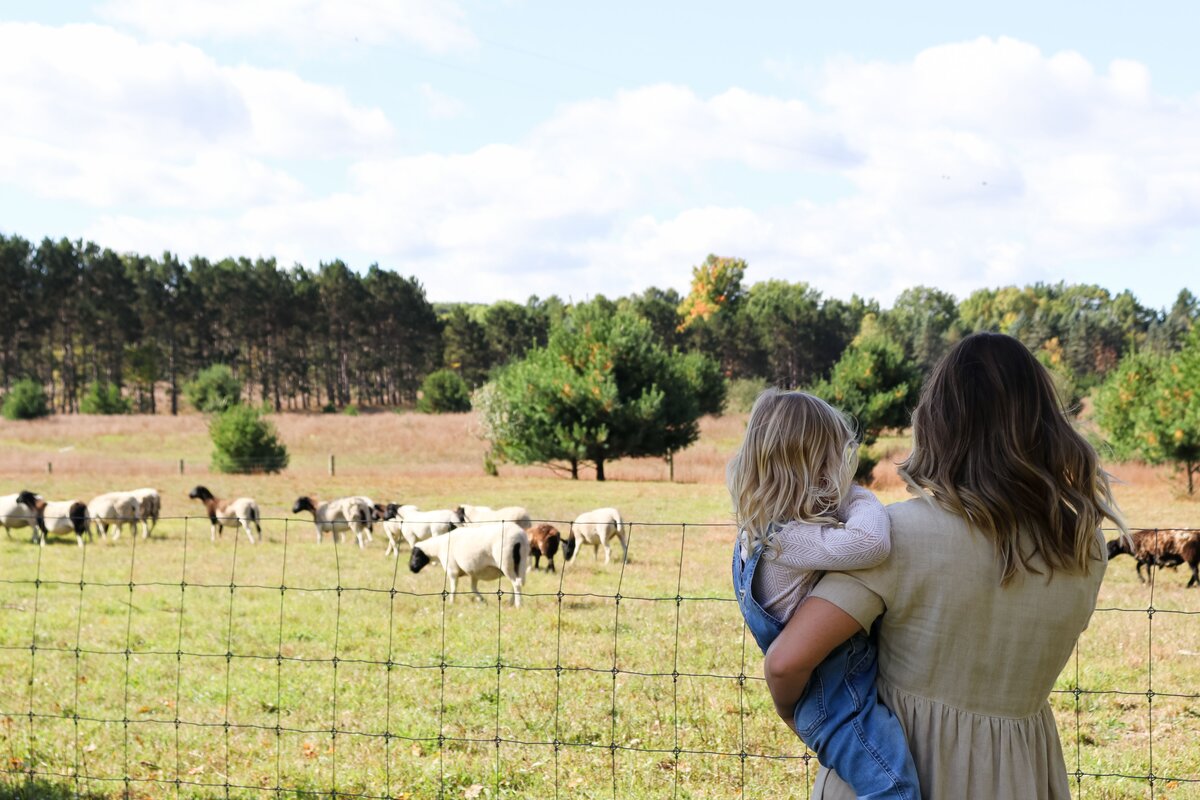- Shop
- Learn
Posted By: Meredith O'Connor
|
Posted On: 11/28/2025
Greenwashing is the practice of deliberately misrepresenting how environmentally friendly a product or company is. Examples of greenwashing tactics include deceptive marketing strategies, using vague claims or terms like “natural” without substantiation, exaggerating sustainability efforts, or otherwise taking advantage of consumers' desire for products that minimize harm.
Companies engaging in greenwashing isn’t new–and it’s not going away, either. A staggering 70% of companies in the U.S. and 58% of those globally admit to greenwashing. What’s driving it? A growing number of businesses are trying to cash in on consumers’ shift toward more responsible, eco-conscious products.
And while it may be good for business in the short term, the long-term consequences of exposure well outweigh the risks. NIQ’s market study found that 77% of consumers will quit brands that are guilty of greenwashing.
Then there are the legal issues. In 2020, Windex, owned by S.C. Johnson & Son, faced a class-action lawsuit alleging its “non-toxic” labeling was deceptive since its products contain potentially harmful ingredients. The company settled for $1.3 million.
Sunshine Makers, the owner of Simple Green, agreed to pay $4.35 million to settle a class-action lawsuit claiming its Simple Green All-Purpose Cleaner and other products were not non-toxic as advertised.
And in 2022, S.C. Johnson & Son agreed to pay $2.25 million to settle a class-action lawsuit, this time for misleading labeling related to its popular cleaning brand Method, which is labeled non-toxic but includes ingredients that can be harmful to humans and the environment.
These are just a few examples of companies accused of greenwashing. Deceptive greenwashing marketing tactics aren’t just misleading and costly–they’re dangerous. They put people’s health at risk and make it harder for consumers to make informed choices about the products and ingredients they bring into their homes.
Understanding marketing and ingredient red flags can help ensure you don’t get duped by misleading claims and packaging. Here are common greenwashing tactics to look out for.
Unverified certifications. Some brands create logos that give the false impression they are certified safe or sustainable, when in reality, they aren’t verified by trusted, industry-recognized third parties.
Green-colored packaging or branding. Green packaging, leafy designs, and nature-inspired branding are often used to signal that a product is environmentally friendly, even when it’s not.
Vague scent terms. The U.S. does not currently require companies to provide information about components that make up a fragrance on ingredient lists. As a result, cleaning, candle, and cosmetic companies use the terms “fragrance” or “parfum” to hide toxic chemicals used to create their scents.
“Natural” but harmful. There are plenty of ingredients that are naturally occurring but can still be toxic or harmful to people or the environment. Using “natural” to refer to these compounds as a way to indicate that they are safe is a form of greenwashing.

At Truly Free Home, our mission is simple: to give every family access to safe, powerful, non-toxic cleaning products that don’t compromise their health while lowering their environmental impact. We stay true to that mission by leading with transparency.
Instead of harmful chemicals, our products rely on patented Quadrasalt Technology to tackle tough messes without irritating the skin, the respiratory system, or otherwise putting your family’s health at risk. (Check out our Laundry Wash and Dishwasher Soap on the Think Dirty app, a resource moms use to vet ingredients in the products they use.)
And our scented formulas get their delightful aromas from essential and plant-based fragrance oils. What you’ll never find on our ingredients lists? Chlorine bleach, phosphates, nonylphenol ethoxylate, sodium lauryl sulfate, 1,4-dioxane, phthalates, parabens, dyes, fillers, thickeners, formaldehyde, or toxic fragrances.
If you ever have a question about something that’s in our products, get the details on our ingredients list.
To reduce plastic waste, our products come with reusable forever jugs and spray bottles, and refill pouches. So when you run out of cleaning solution, no need to throw away your jug or bottle, simply empty a new pouch into the container, top it with water, and you’re back in business.
And since starting the company, we’ve reduced the amount of plastic used in our pouches by 30%, and depending on local guidelines, you may be able to recycle them, too.
We don’t believe in shortcuts, secrets, or spin, so there’s no need for greenwashing, because we have nothing to hide. Truly Free Home’s commitment to honesty, ingredient transparency, and real results means you can feel confident about every product you bring into your home.